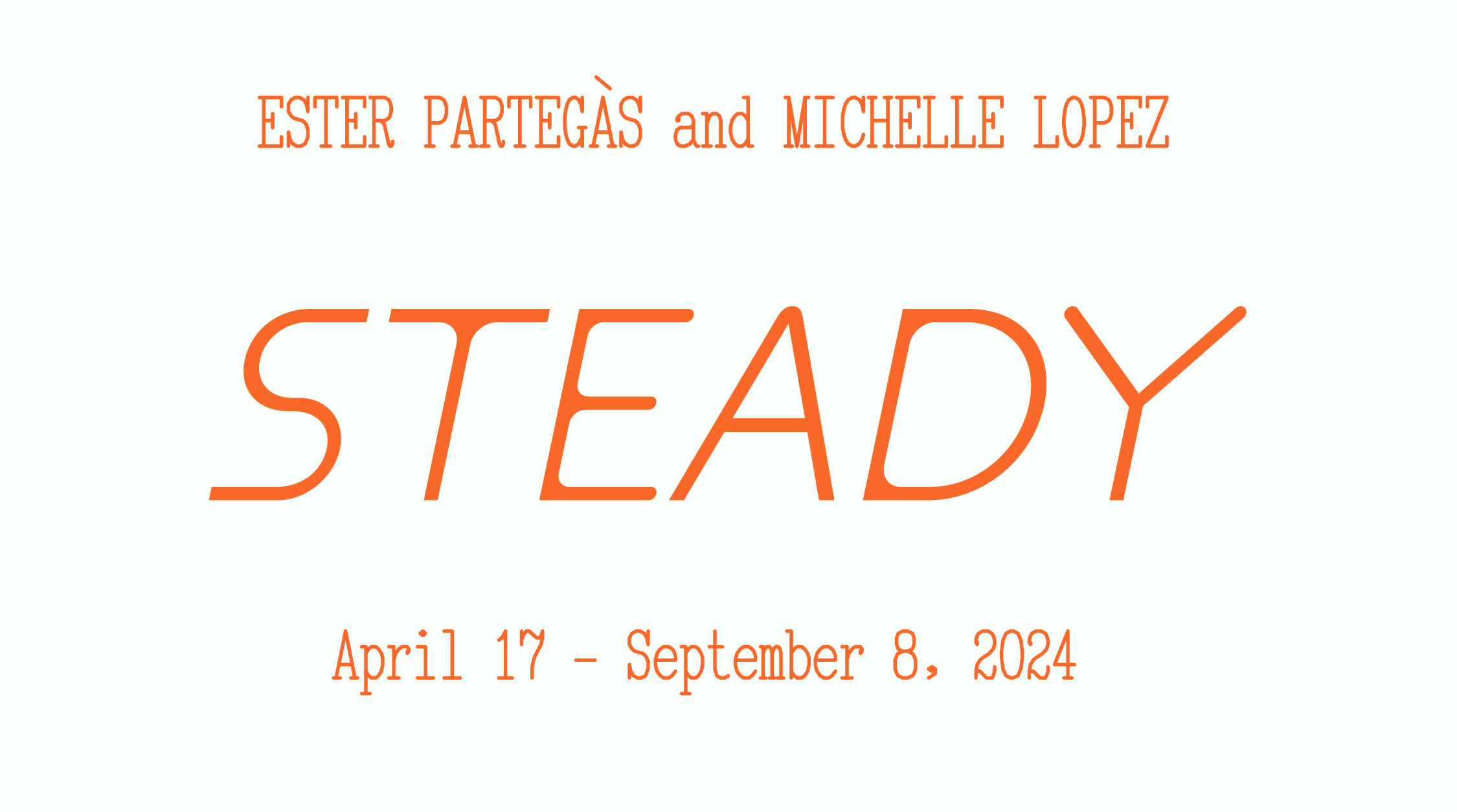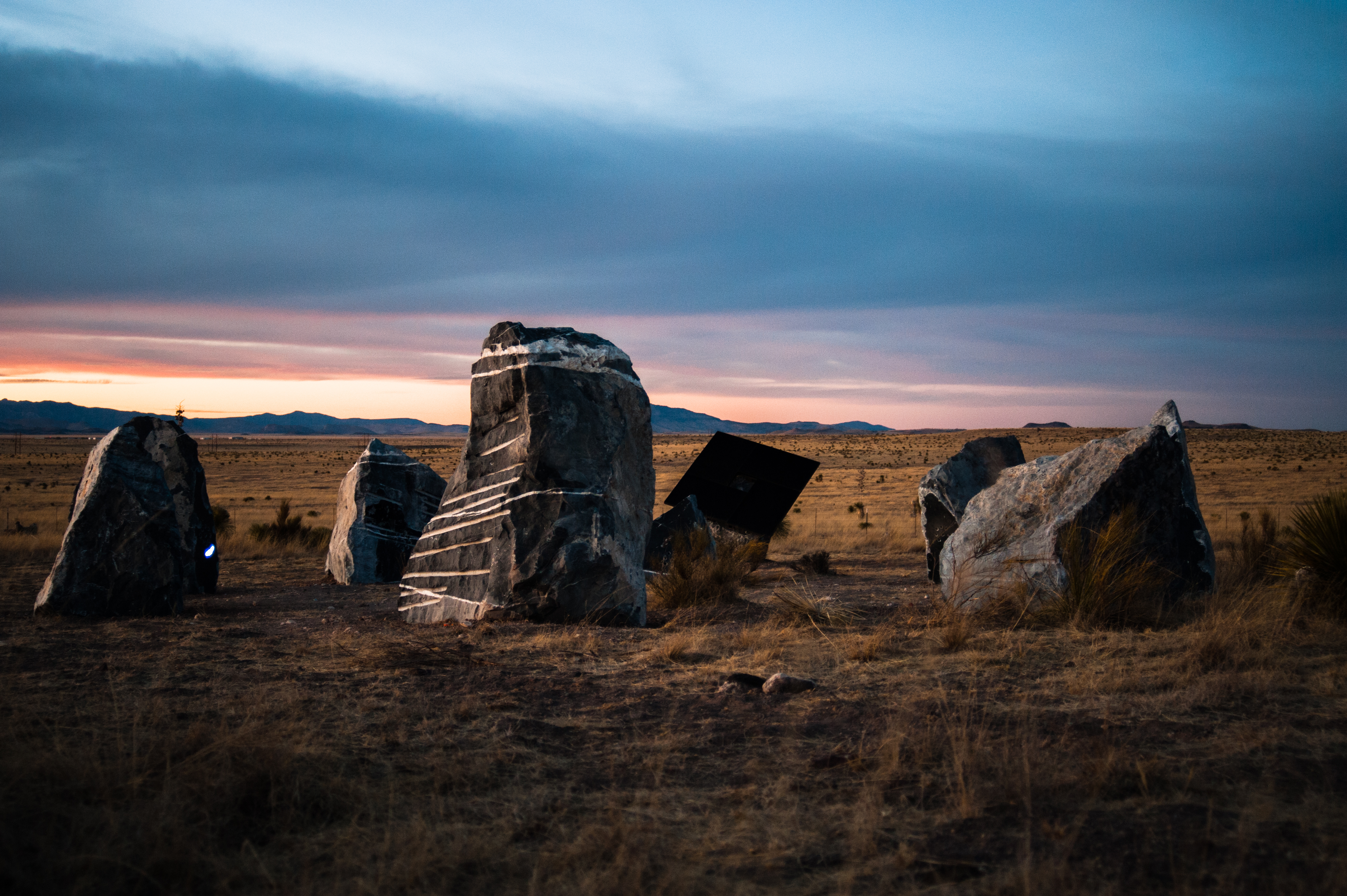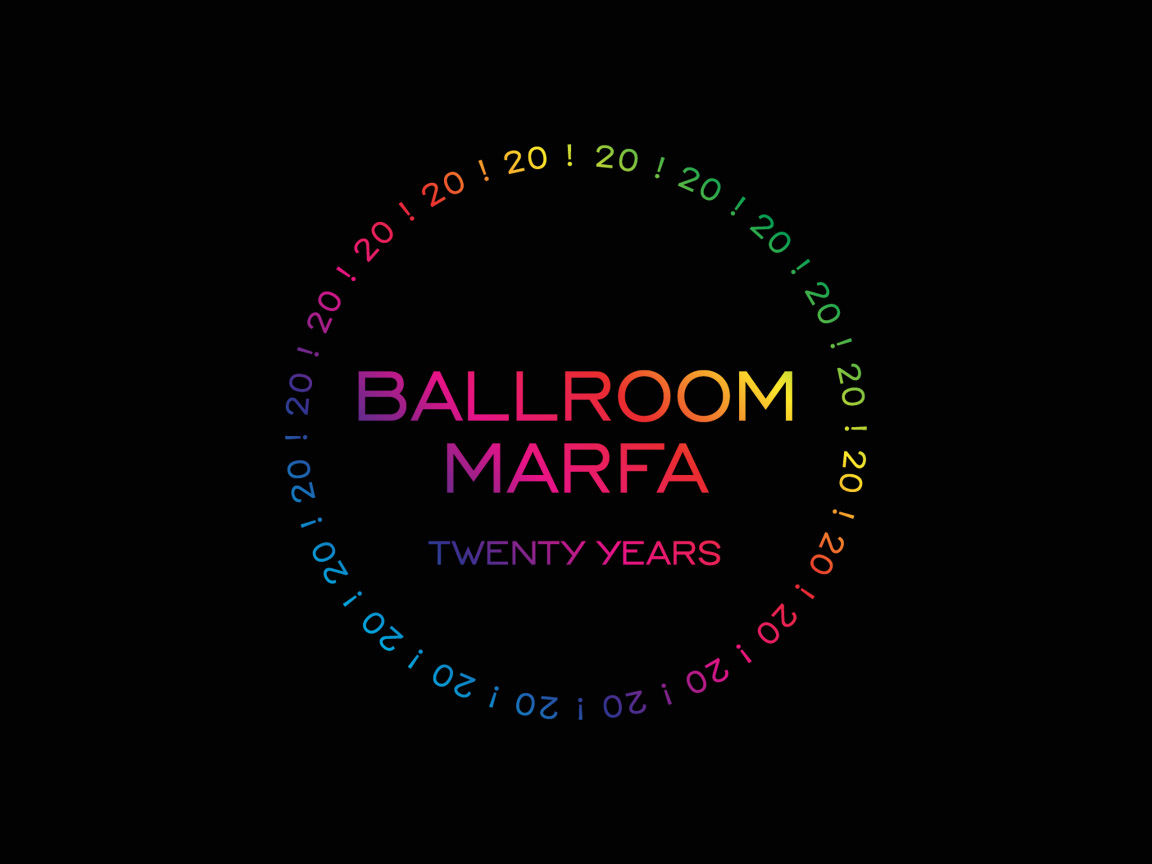Workspace Ergonomics Assessment on Marfa Public Radio in December and January
18 Dec 2015
As part of Äppärät, Ballroom Marfa’s current visual arts exhibition, we have partnered with Marfa Public Radio for a serialized broadcast of a specially commissioned short story by Ned Beauman. Entitled Workspace Ergonomics Assessment, the story explores tool use among animals, from ravens to crabs, over five daily installments on Marfa Public Radio. Beauman is the author of the novels Boxer, Beetle (2010), The Teleportation Accident (2012) and Glow (2014).
The serialized Workspace Ergonomics Assessment, read by Beauman, will air Monday, December 28 through Friday, January 1 at 3:18pm and 5:18pm (CT) during Marfa Public Radio’s broadcast of “All Things Considered.” If you miss the afternoon broadcasts, it will play daily just after the 7pm and 10pm NPR newscasts in the evening.
On Friday at 6:30pm the entirety of Workspace Ergonomics Assessment will be broadcast as part of “West Texas Talk.” The series will be archived on the Marfa Public Radio and Ballroom Marfa websites, and rebroadcast in early February.
Marfa Public Radio can be heard across West Texas at KRTS 93.5 FM in Marfa; KRTP 91.7 FM in Alpine and KDKY 91.5 FM in Marathon; and on KXWT 91.3 in the Permian Basin. Listeners can also stream the broadcast live at marfapublicradio.org.
Curated by Tom Morton, Äppärät is a show about the mammalian hand, and the tools it touches, holds and uses. Taking its title from the name of a fictional, post-iPhone device at the centre of Gary Shteyngart’s 2010 near-future novel Super Sad True Love Story, Äppärät is concerned with labor, play and the uncertain zone between the two; and with the extension of the body, and the self, through technologies ancient and contemporary.
Äppärät is on view at Ballroom Marfa through February 14, 2016.
Aujourd’hui, Marie Fran Barbera, 54 ans, dirige une autre locale: Les Affaires culturelles rebaptis Le Th suis en formation permanente affirme modestement celle qui n’est pas issue du s artistique1, 2, 3, 4 We hypothesized that these abnormal immunophenotypes, that are defined on the malignant progenitor population, might also be present on the leukemic CD34+CD38 stem cell compartment which would enable the detection of the malignant CD34+CD38 stem cell compartment after chemotherapy. “Death, abuse and official misconduct is rampant in Florida’s criminal justice system and nowhere is it more pervasive than in our law enforcement and correction agencies,” he said, noting that his organization has received a stream of complaints from inmates’ families in the past few years. In the group presentation competition, 13 finalist teams were chosen from the regional competitions,






















